Anterior Knee Pain Treatment Tips
Anterior Knee pain is one of the most common causes of knee pain and one of the most widely reported injuries in sports. This guide will cover the causes and some tips for treatment or recovery.
The Anatomy of the Knee Joint
The knee joint is made up of three bones called the tibia, femur, and patella. These three bones come together to form a hinge-like structure where the thigh bone meets the shinbone.
This, along with all the different types of tissue in the joint makes the knee quite vulnerable to a wide range of injuries because there are so many different biomechanical demands from the knee.
Anterior Knee pain can be caused by Chondromalacia Patella (Runner's knee), Patellofemoral Pain Syndrome (PFPS) or Patellofemoral disorder because these are related conditions that cause pain in the front part of the knee or knee cap pain.
It can also be caused by a wide range of other injuries and conditions so although these are some common causes, it is not strictly caused by these 2 conditions.
The anterior part of the knee consists mainly of tissues that are part of the patellofemoral joint (PFJ), this includes a variety of tissues, such as tendons, subchondral bone, cartilage, synovial plicae, retinacula, infrapatellar fat pad and capsule.
Each of these structures, either on their own or together, can be a source of anterior knee pain
What causes Anterior knee Pain?
N.B. You should always seek qualified medical guidance if you believe you have developed a medical condition/injury.
Anterior knee pain can be difficult to properly characterise because it can be caused by different factors or can be caused by another injury such as a patella injury.
As mentioned earlier, sometimes the pain is caused by an injury or condition but just because you have pain in the front part of your knee, it doesn't necessarily mean you have one of these conditions or injuries.
Some conditions that can cause anterior knee pain include Runner’s Knee, Jumper's Knee and other conditions that involve the knee cap. IT band syndrome is also known to cause pain in the front part of your knee.
Anterior Knee pain is often caused by an injury to the knee joint, which can occur when someone falls on their knees, twists their knee in a car accident, or suffers a sports injury.
Unnatural bending and twisting, overuse and high-impact activities like running or jumping are the common causes of sports injuries that cause Anterior Knee pain.
The pain usually occurs at the front of the knee, near the kneecap and your knee might feel weak or slightly numb.
Some Common Causes of Anterior Knee Pain
There are several different reasons why you might feel pain in the front part of the knee.
Most commonly, the pain results from injury to the ligaments, tendons, muscles, cartilage, or other soft tissue structures within the knee joint.
Overuse of the knee like frequent bending, twisting and impact is actually one of the most common causes though.
This is because it leads to pressure on the kneecap, overloading and muscle fatigue.
5 Common Mistakes When Treating Anterior Knee Pain
If you suffer from anterior knee pain, there are some things you should avoid doing.
1. Try avoiding heat therapy products recently after the pain arises and hold off using this as a pain-relief treatment until later.
2. Avoid stretching out the affected area for the first few weeks. Stretching can actually cause more damage than good, especially if you don’t know what the cause of your Anterior Knee pain is.
Similarly, try not to massage the painful part of your knee until the pain and swelling have subsided a bit because it’ll probably cause more pain than pain relief.
3. Try your best to avoid exercising through the pain. Instead, rest as much as possible until the pain subsides because rest is one of the most important things for recovery
4. Do not take any medications unless prescribed by a doctor/sports medicine professional or it is over-the-counter (OTC) medicine such as ibuprofen gels
5. Seek medical guidance if you have severe pain in the front part of your knee or your knee cap
Treatment and Recovery for Anterior Knee Pain.
Anterior Knee Pain typically takes 12 weeks of a proper recovery and rehabilitation programme before you start to notice any improvement
One of the most effective ways to relieve pain is to apply pressure directly to the painful area which should be done mainly through compression.
Another option for pain relief is to soak a towel in warm water and place it against the painful area.
Massaging the painful area can also help ease some of the pain but as mentioned earlier, this is only advisable after the swelling has gone down.
For recovery, there’s not much you can do besides rest and take it easy for the initial weeks and then consider stretching and strengthening the knee every day.
Simple knee stretches should be able to help but you’ll need a proper strengthening and conditioning programme to replace the strength and stability that has been lost.
You should also consider using a knee support because it can help you to stay active and give you confidence in your knee back by giving your knee joint the proper support it needs and taking pressure off the knee cap.
Most of our knee supports have an open patella design which is comfortable for knee cap (patella) related injuries.
Taping & Strapping treatment for Anterior Knee Pain, chondromalacia patellar, Jumper's Knee or patellofemoral disorder (Runner's Knee)
This video will show you how to use taping and strapping for patella pain and front of knee pain
Knee strengthening after recovery
These exercises with resistance bands are simple exercises you can do to help strengthen your knee after being inactive for a while
Related Product Videos
Related Products
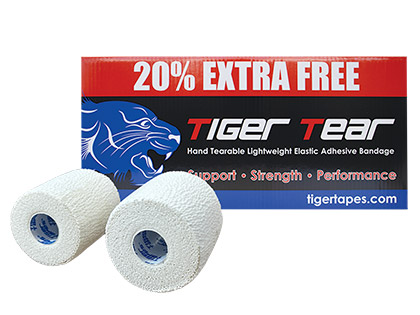
Tiger Tear EAB
(77)


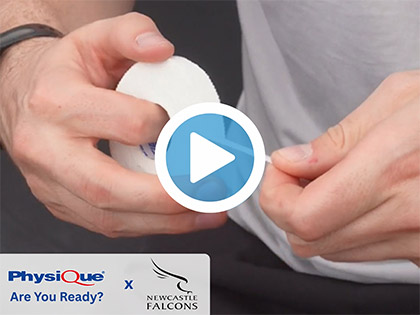
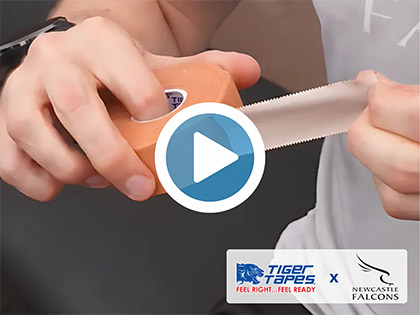
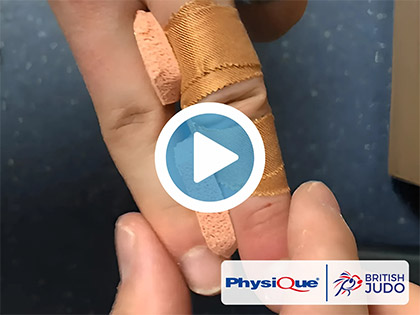
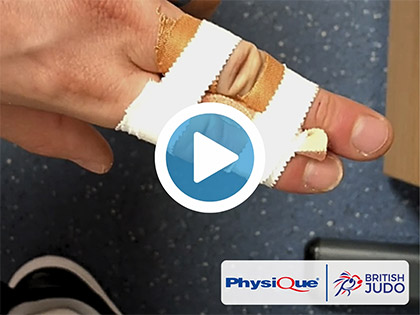

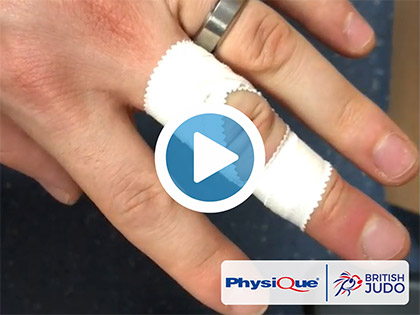
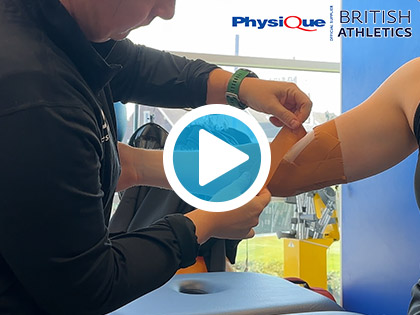
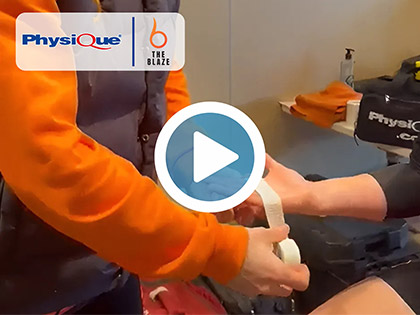
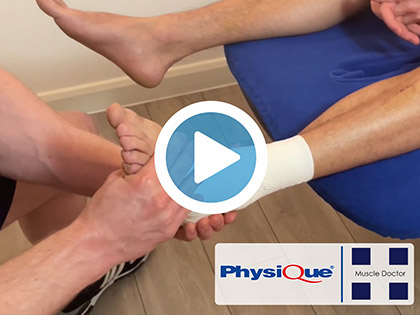
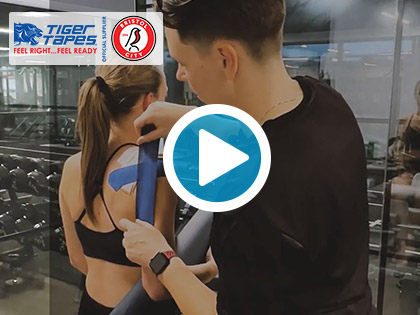
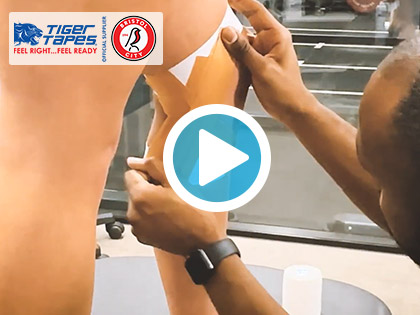
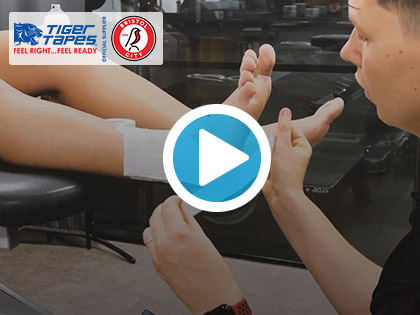
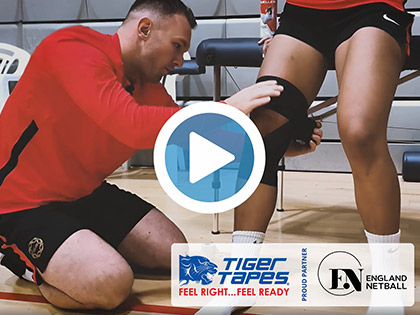
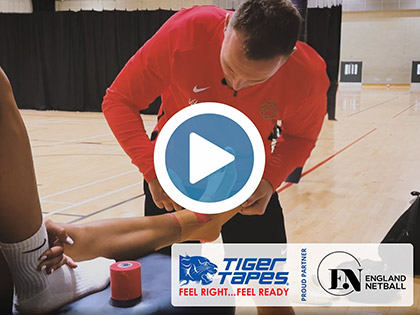
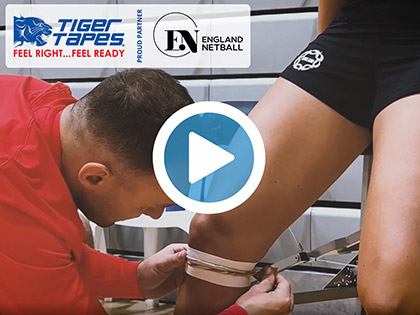
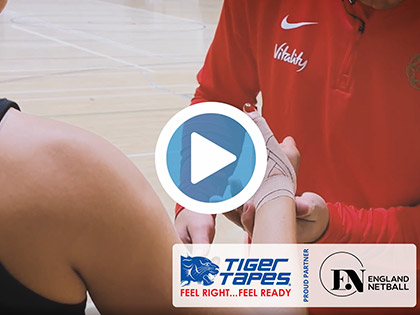
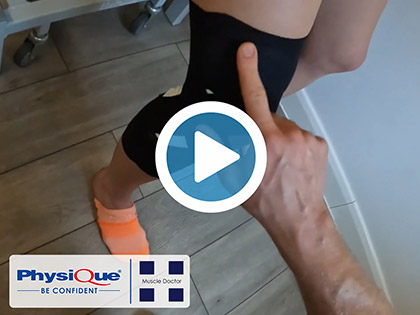
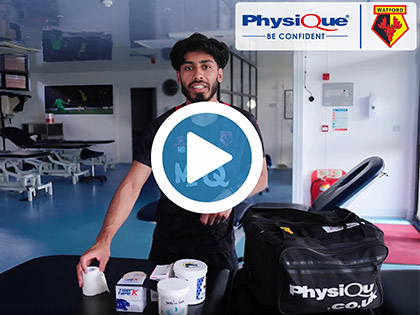
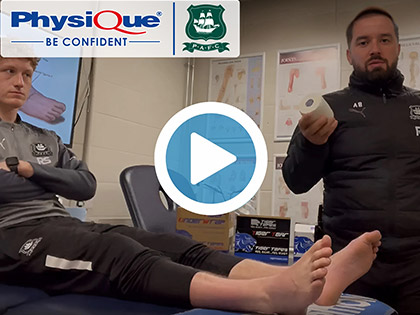
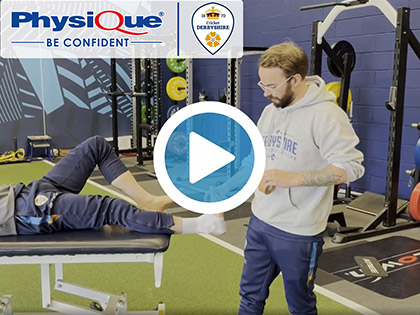
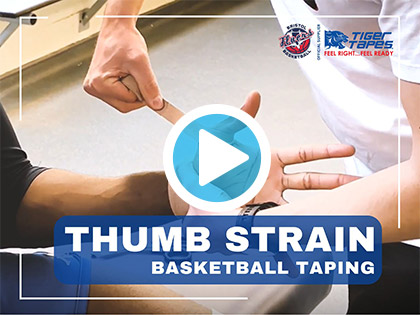
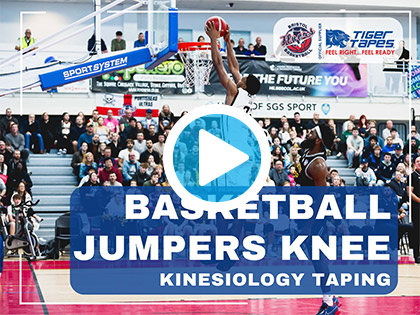
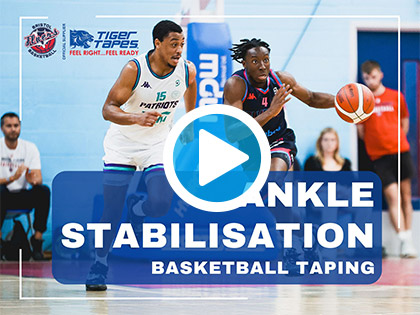
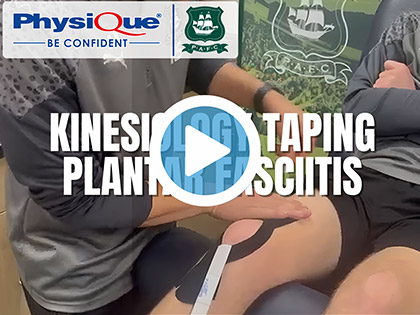
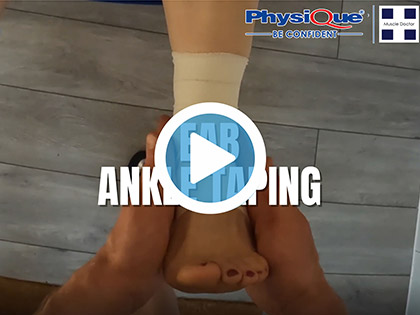
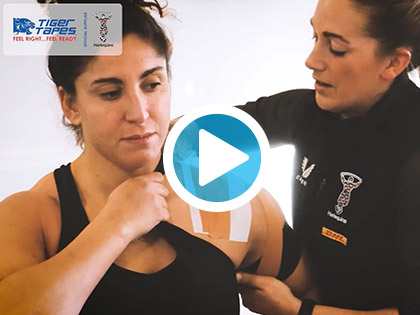
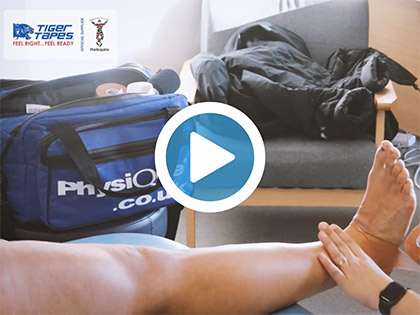
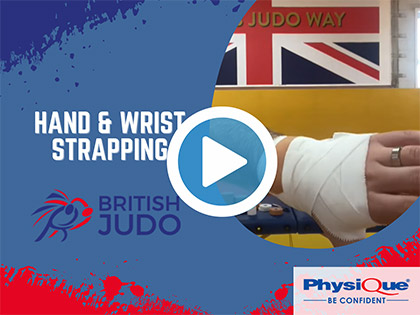
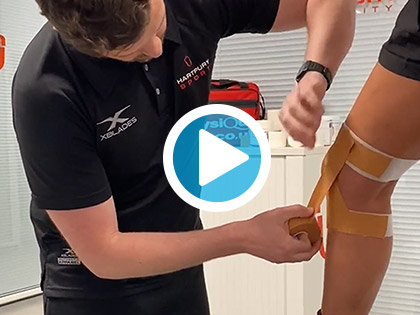

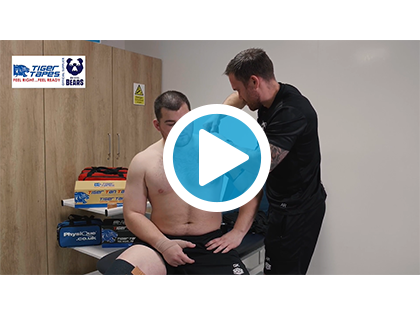
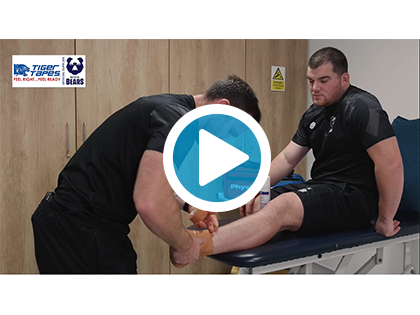
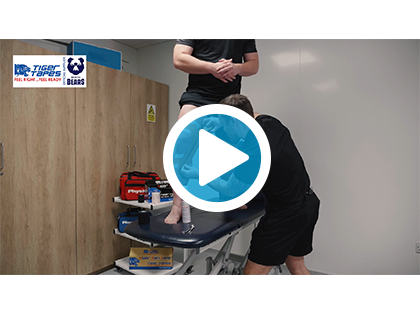
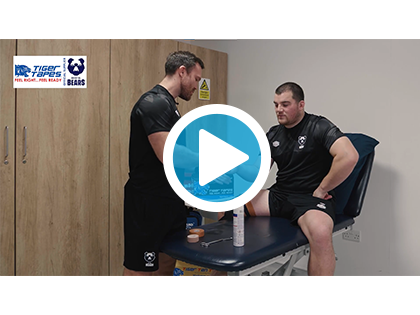
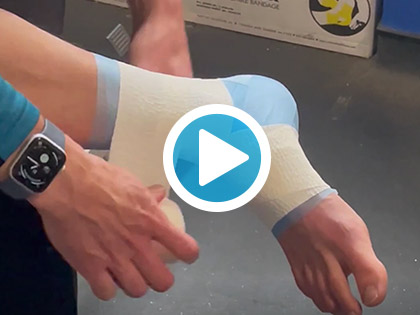
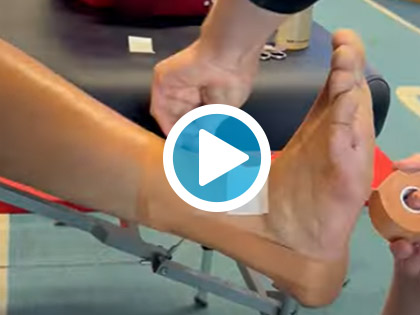
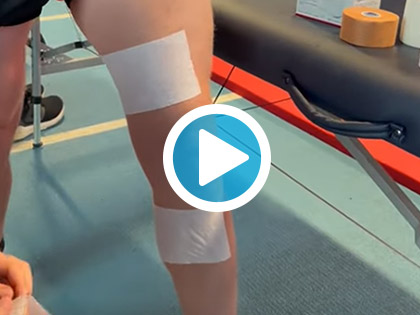
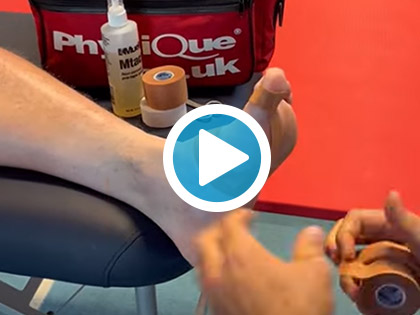
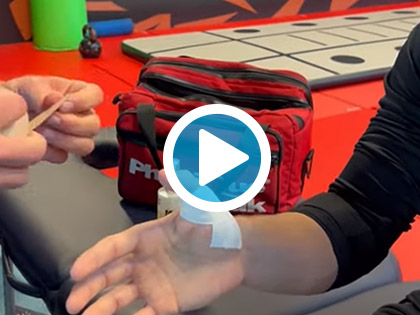
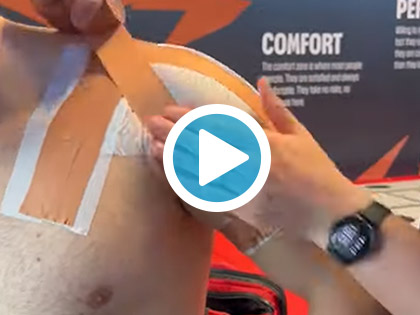
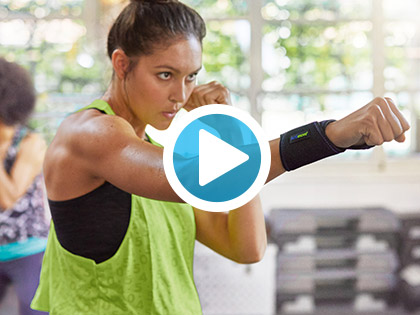
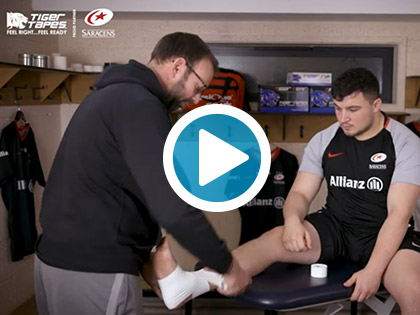
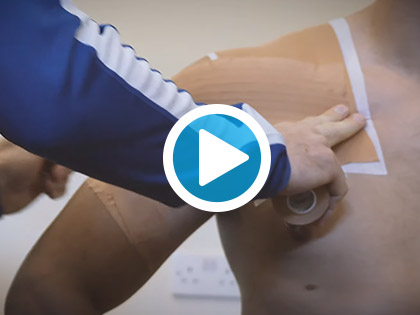
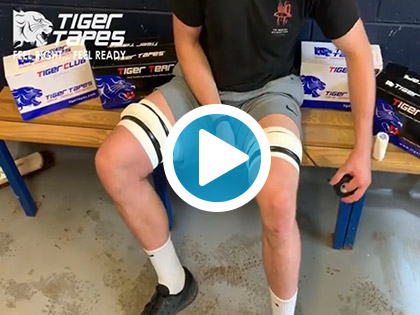
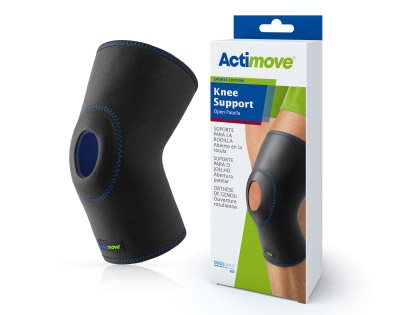
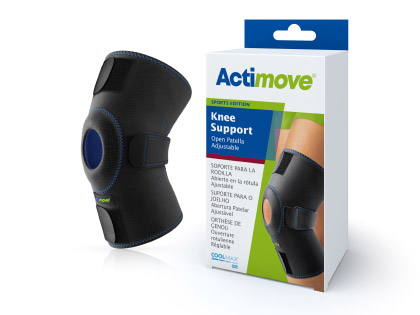
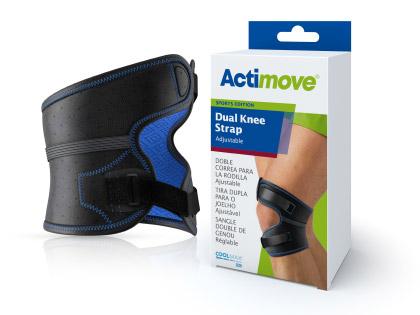


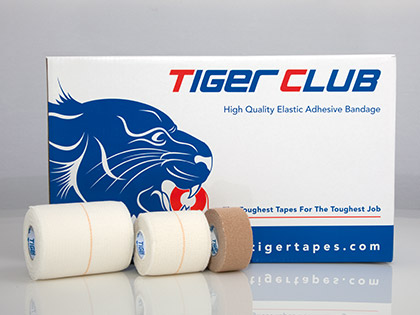
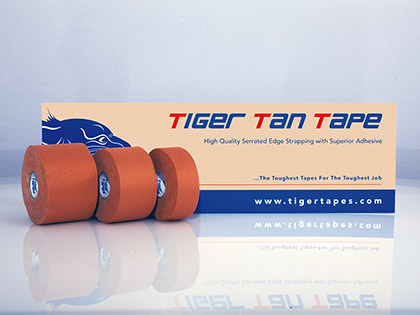
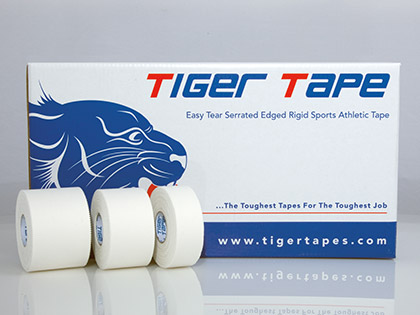
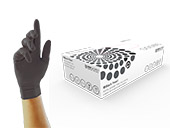

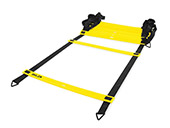
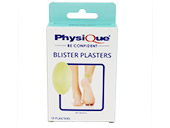
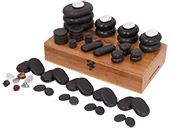
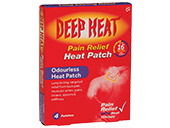
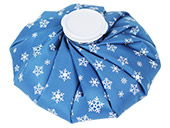
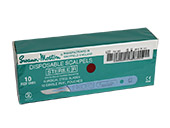

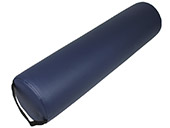
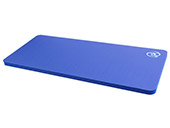
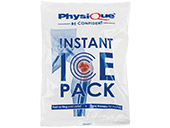
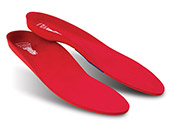
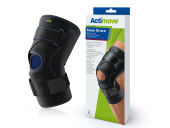
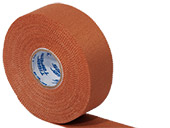
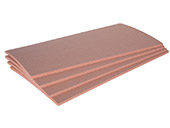
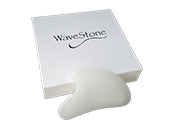
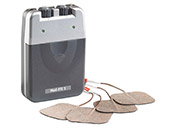

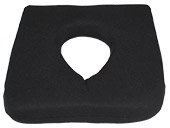
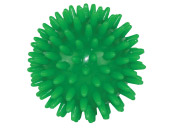
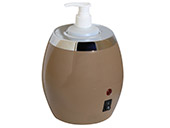


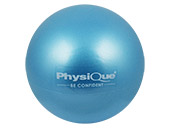
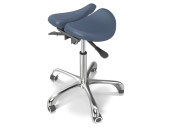
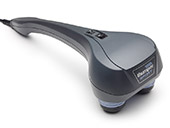
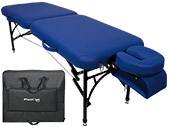
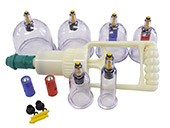
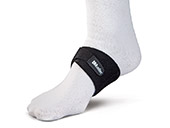

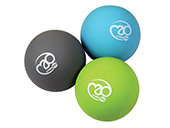
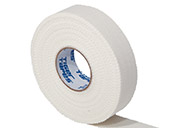
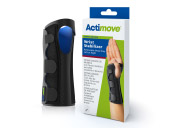
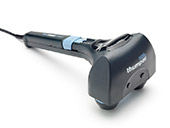
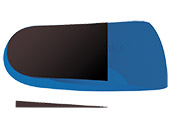
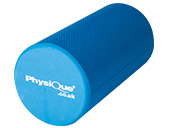
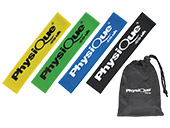

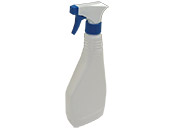
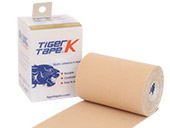
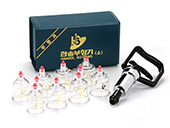
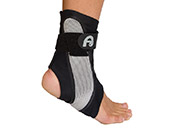
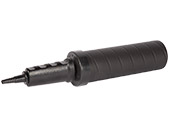
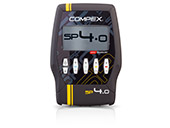
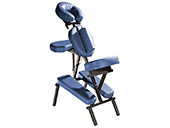
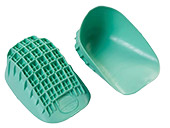

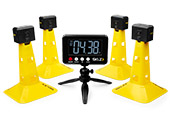
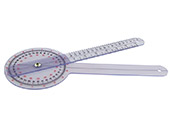
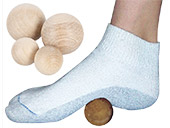
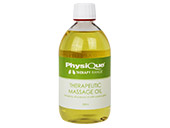
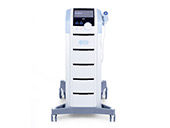
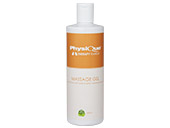
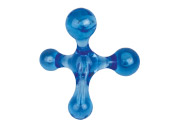
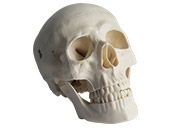
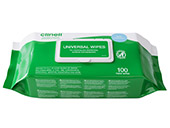
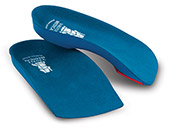
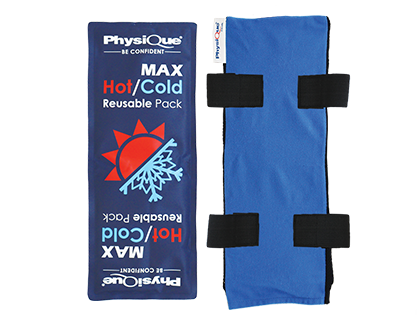
Did you find this article useful?
Why not share this with a colleague, patient or friend?